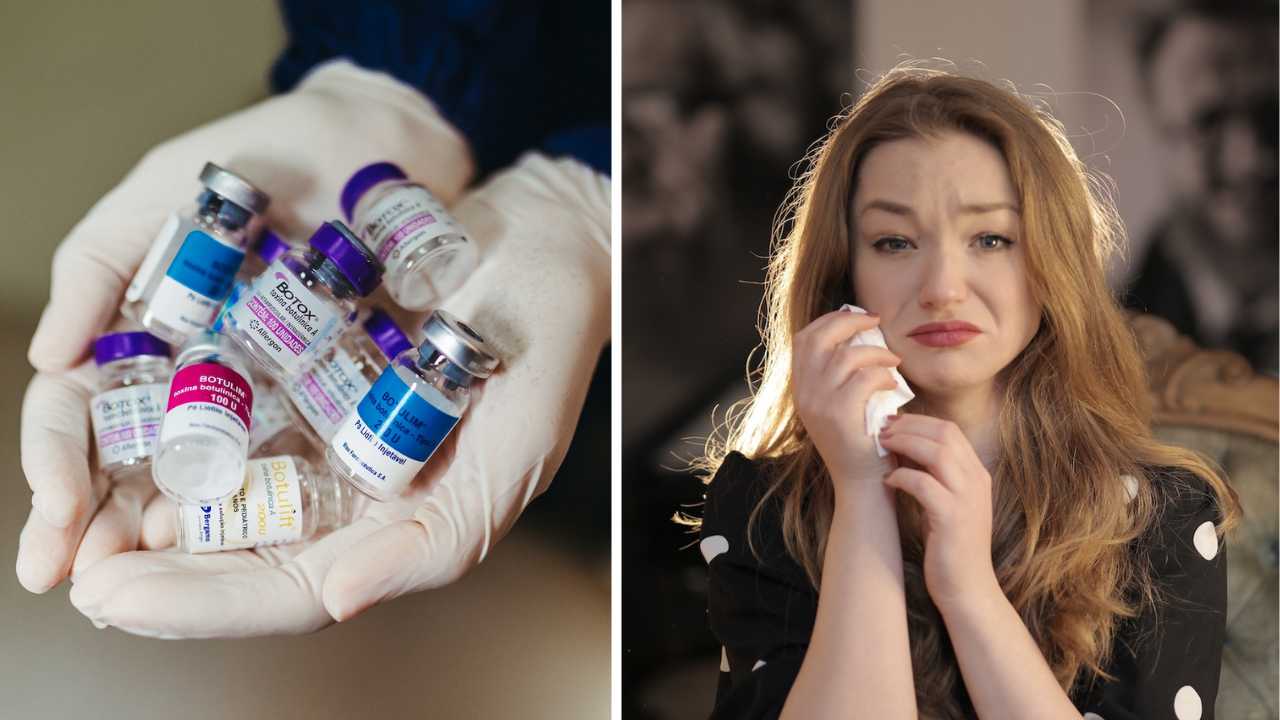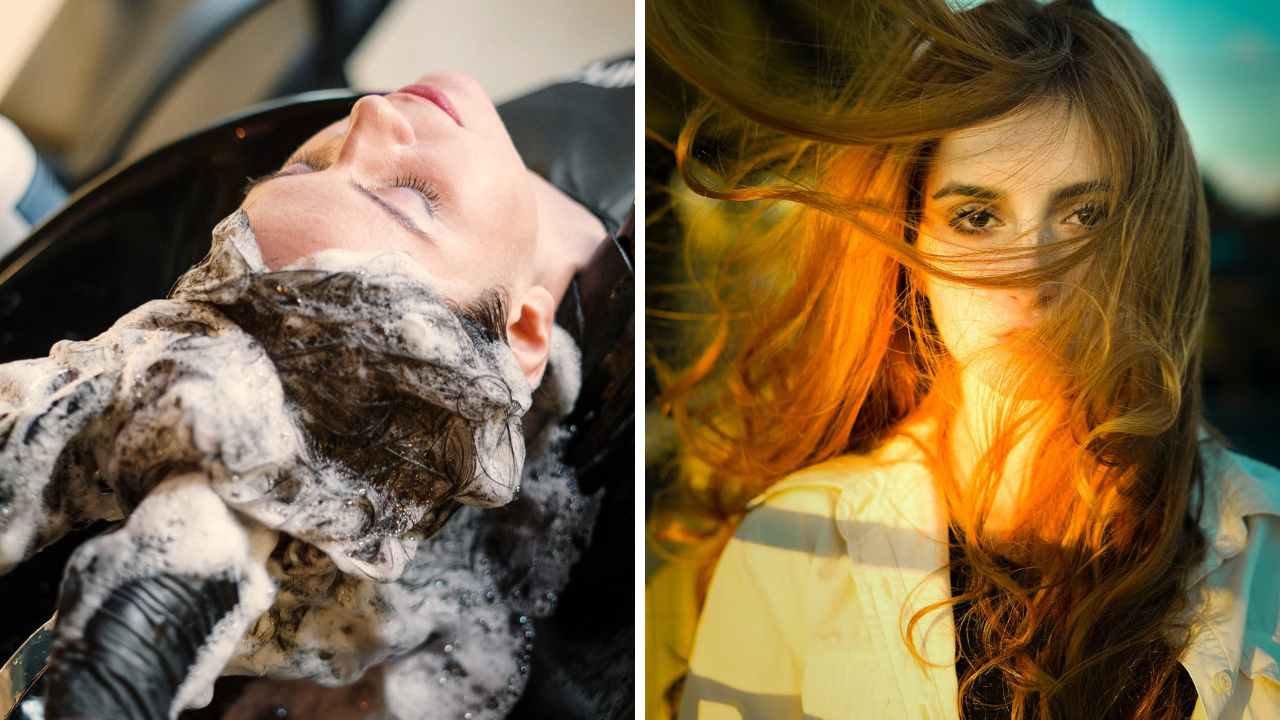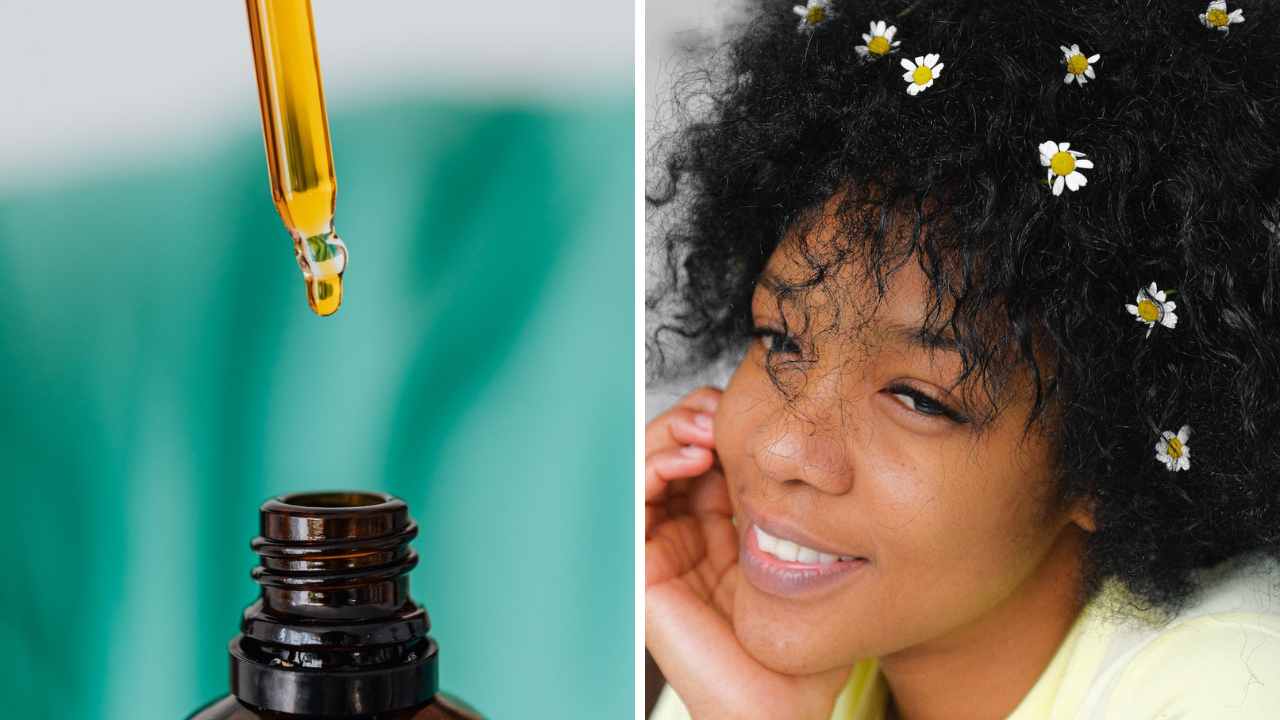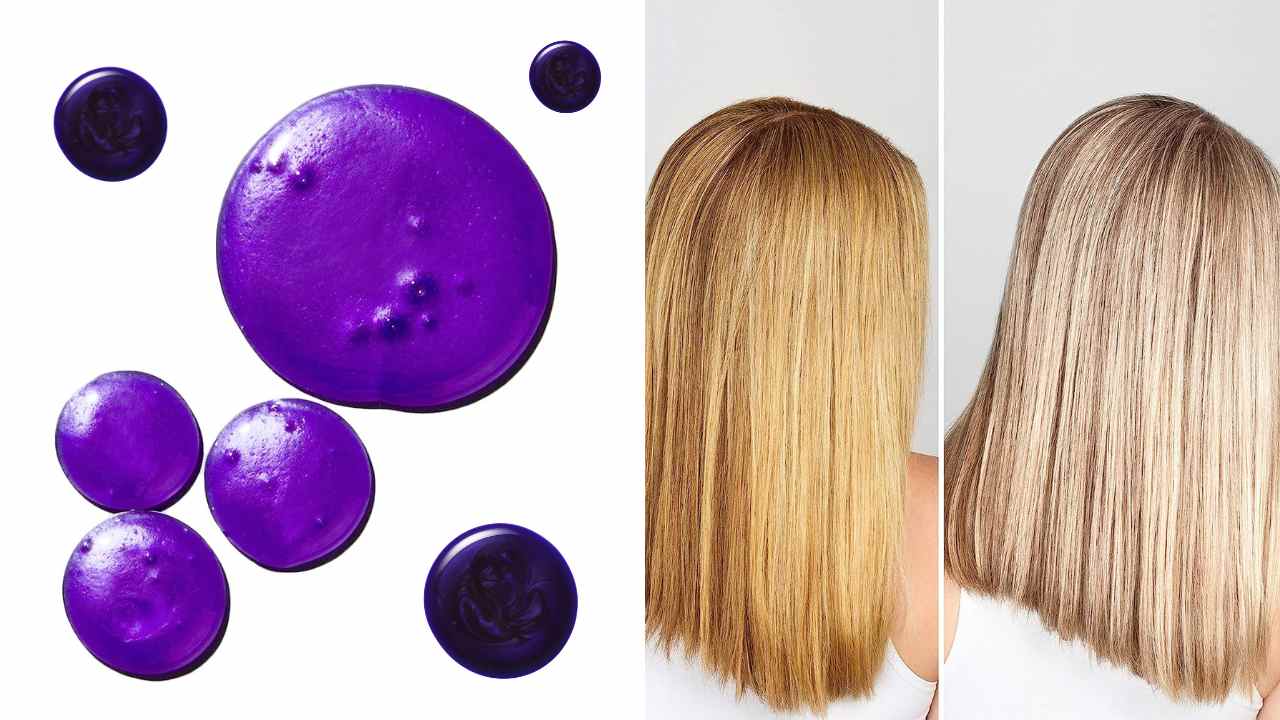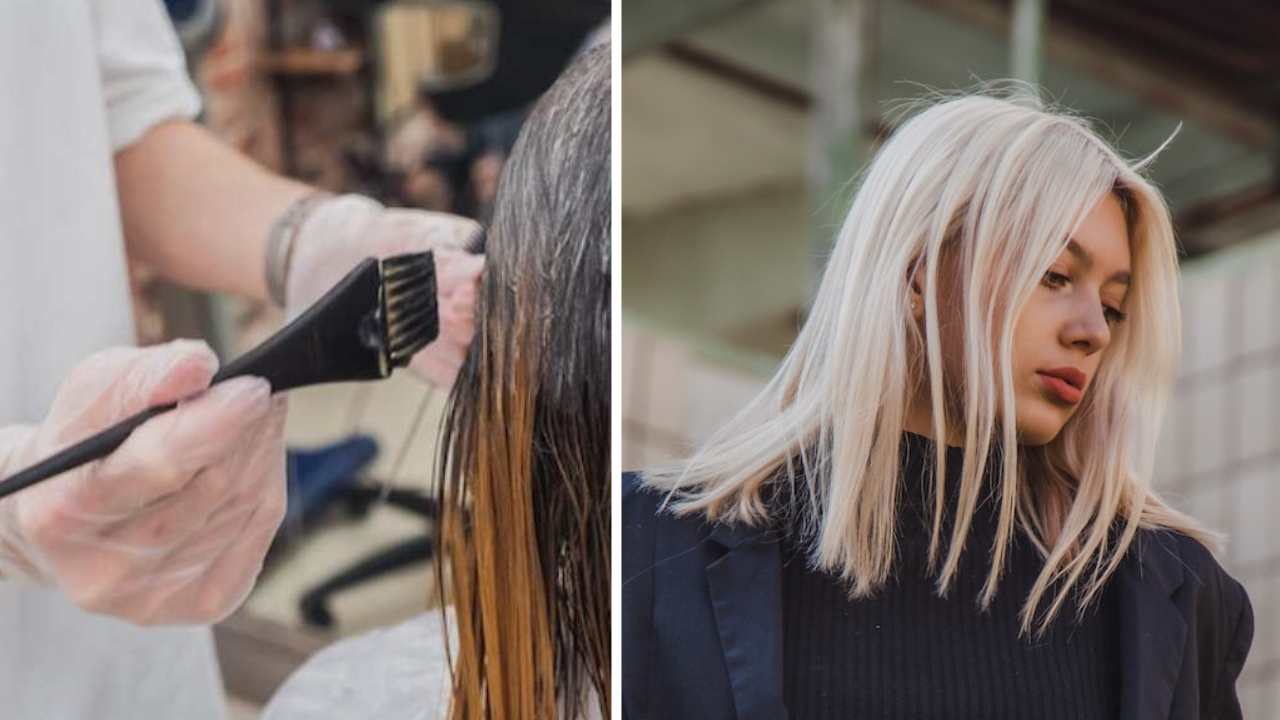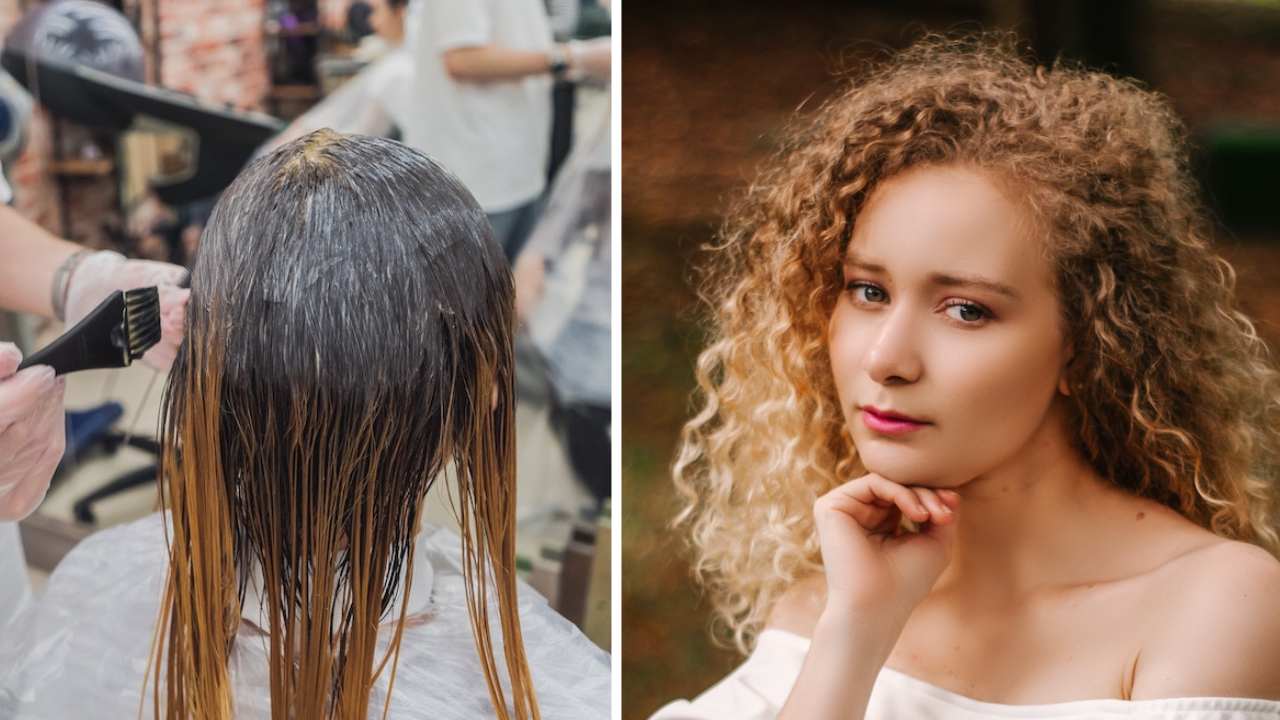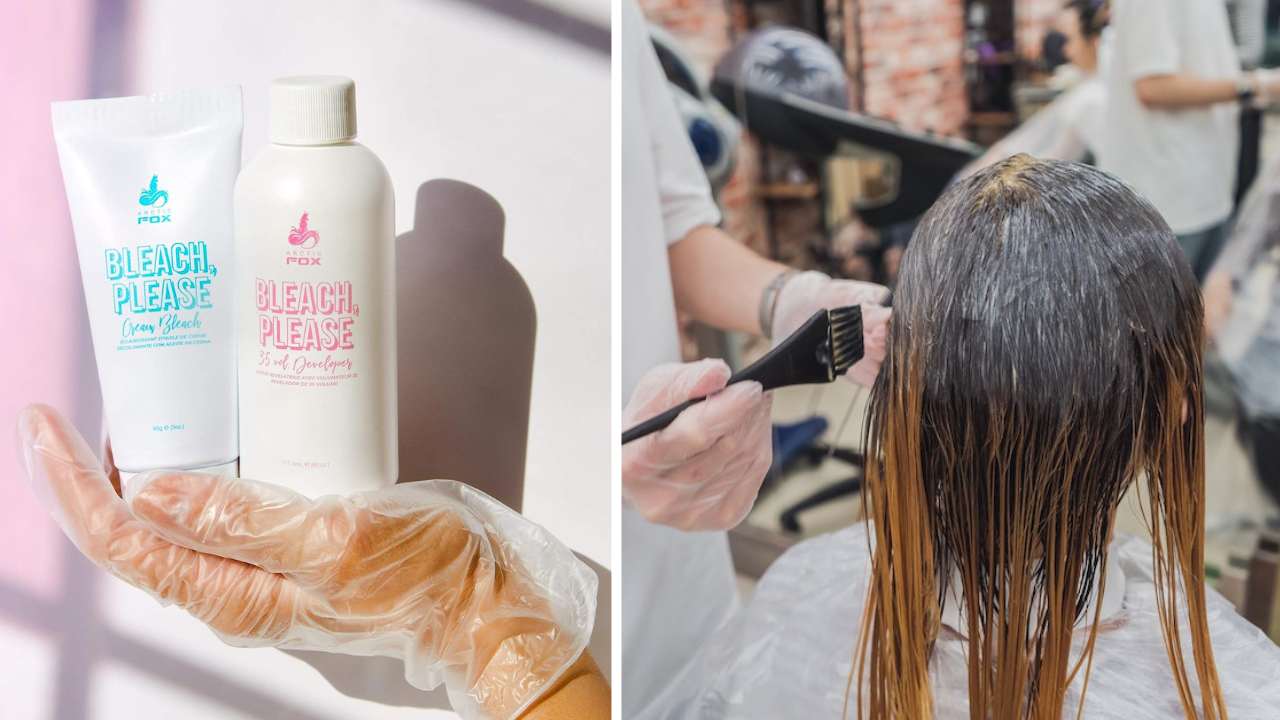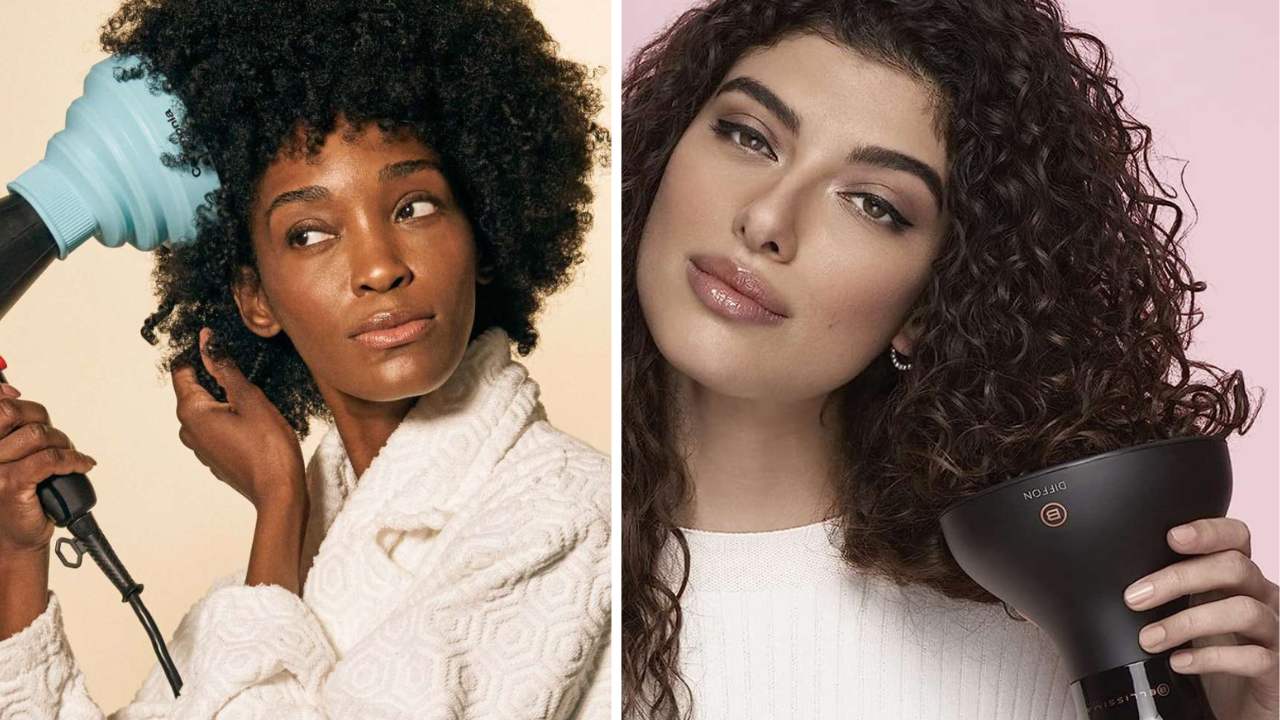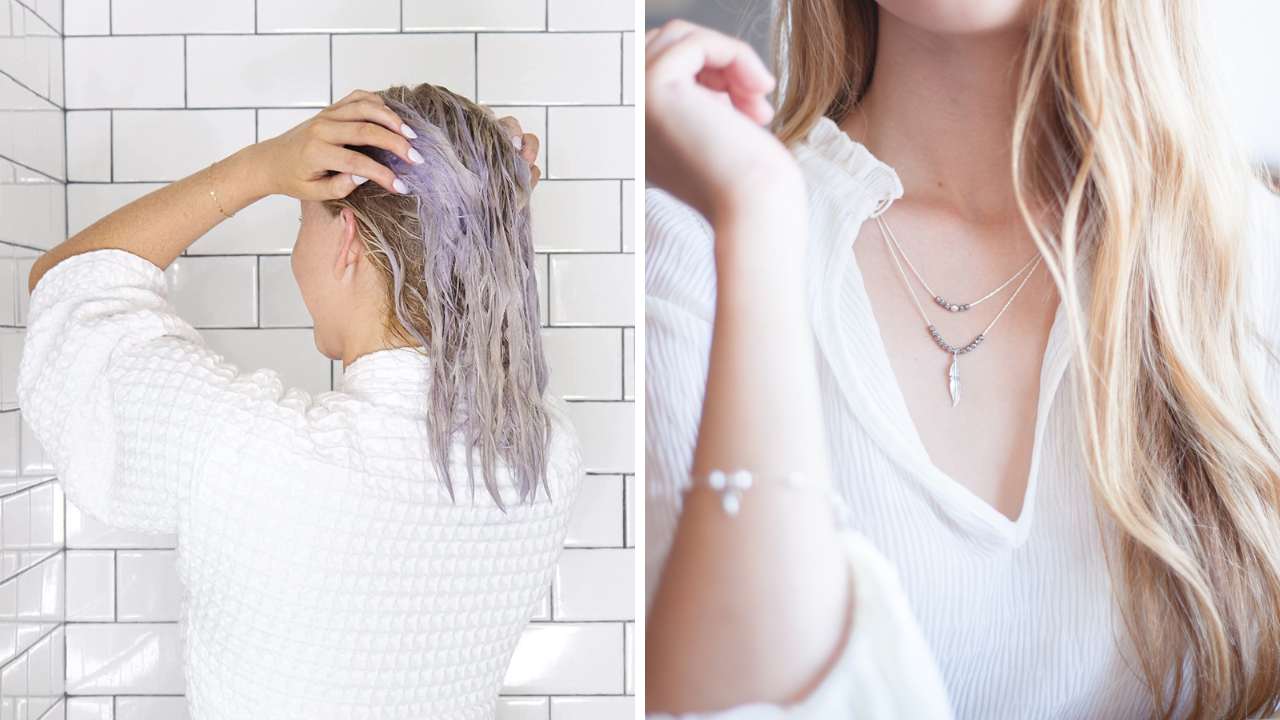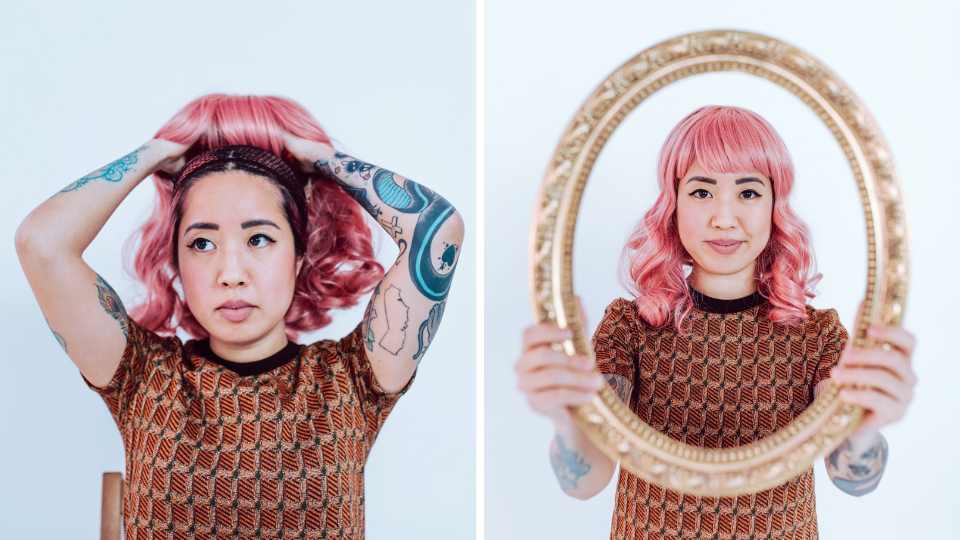
How to Stop Alopecia Areata From Spreading & Grow Hair
Alopecia areata is an autoimmune disorder that causes hair loss in patches.
Although there is no cure for this medical condition, there are ways to manage it and prevent it from getting worse.
In this post, we will discuss different methods on how to stop alopecia areata from spreading.
Whether you are newly diagnosed or have been living with this disorder for a while, keep reading to find out what you can do to promote hair regrowth.
What are Alopecia Areata Symptoms?
Alopecia areata symptoms may include:
- Abrupt loss of patches of hair in one or more areas.
- Clusters of short, stubbly hairs that are broken off near the scalp.
- Itchy scalp prior to the development of bald patches.
- Visible enlargement of the pores on the skin where hair is missing.
- Hair loss in additional areas.
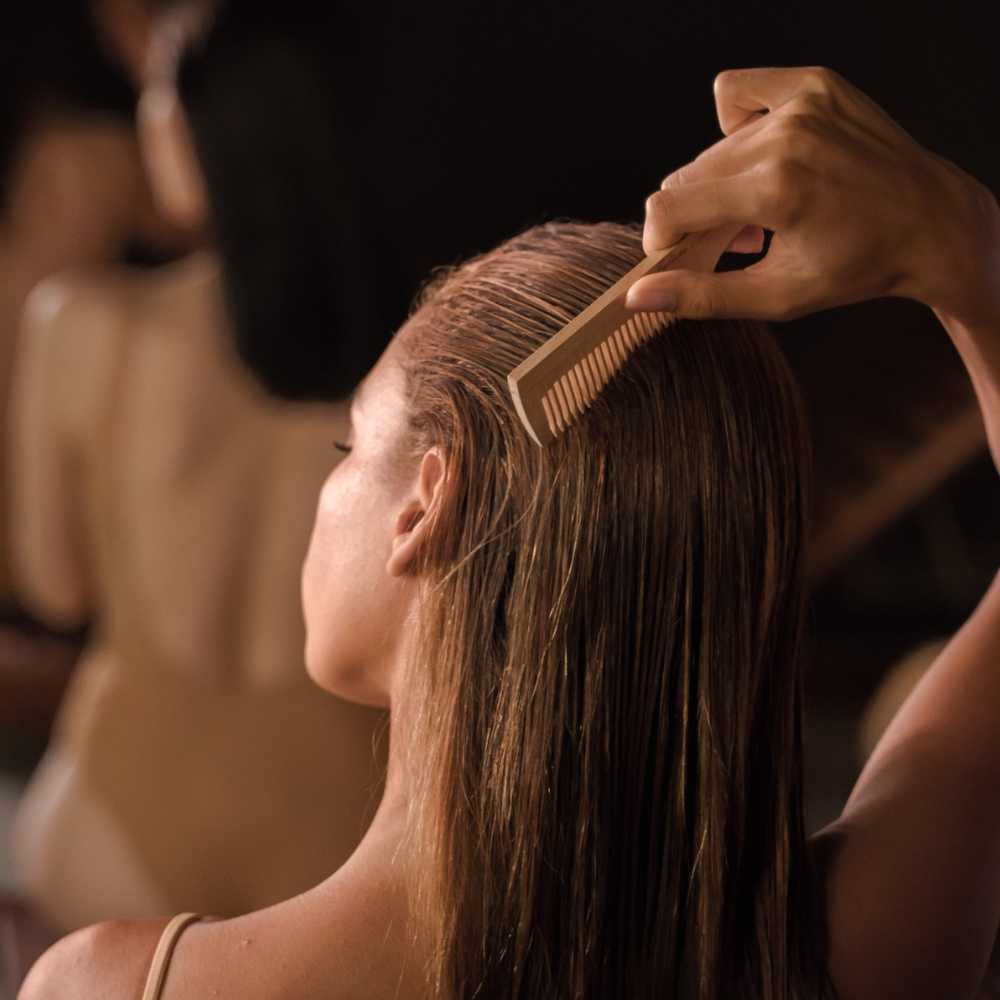
What are the Different Types of Alopecia?
Understanding a few of the different types of alopecia is important for people who have hair loss or hair thinning issues.
Alopecia areata, alopecia universalis, alopecia totalis and traction alopecia are all conditions that affect the hair shafts and often result in baldness.
Alopecia Areata
Alopecia areata (AA) is an autoimmune disease that causes patchy patchy hair loss on the scalp or other parts of the body.
It can start as a single spot and slowly grow to a larger area over time. In some cases, AA does not cause any permanent hair loss, but it often results in partial or complete baldness.
This type of alopecia may also cause psychological stress due to its visible effects on hair growth.
Alopecia Universalis
Alopecia universalis (AU) is a more severe form of AA where all body hair follicles including eyelashes, eyebrows, armpits and pubic regions are lost completely- resulting in full body balding termed as "Universal Hair Loss".
This condition typically occurs abruptly rather than progressing gradually like AA does- although some people still experience milder forms before losing all their body hair altogether.
Alopecia Totalis
AT affects just the scalp alone by causing complete baldness there without affecting any other areas such as face, eyebrows, pubic region, etc.
It's usually associated with autoimmune disorders like lupus or rheumatoid arthritis - but many cases occur without any identified medical conditions.
AT can begin suddenly but sometimes it progresses from less severe forms like inflammation around follicles known as “alopeica marginata” first.
Traction Alopeicia
Lastly there's traction alopecia which isn't an autoimmune disorder but instead caused by repeated pulling on strands of hairs such as those done when using certain hairstyles overlong periods, wearing tight hats, headbands, or hair extensions.
As this type doesn't involve immune system being affected directly so it's easier to re-grow hairs here unlike with true autoimmune diseases mentioned above where treatments effectively won't work and instead damage needs surgically repaired - if possible at all.
All of these types of alopecia pose serious challenges and need careful management.
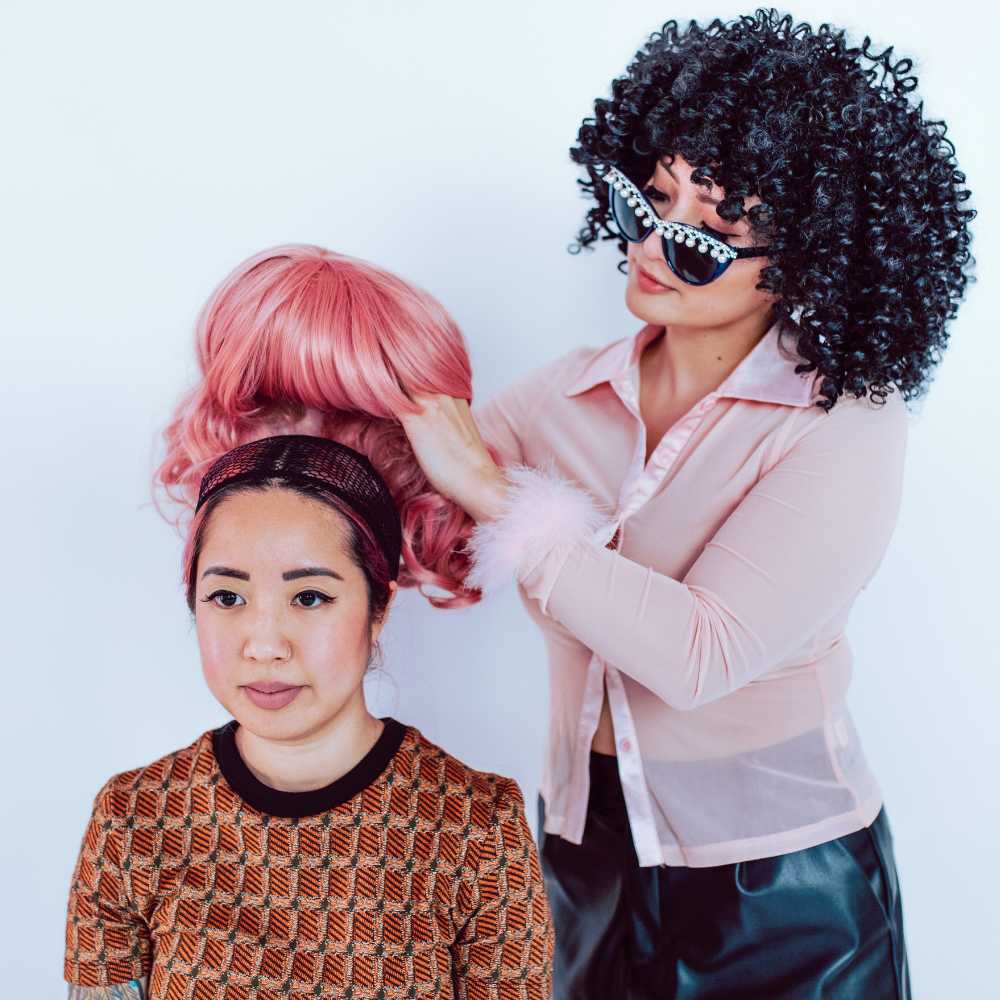
What are Alopecia Areata Causes?
Alopecia areata can affect anyone regardless of age or gender; however, it has been found to be most prevalent among individuals between 30 and 60 years old.
While its exact cause is still unknown, there are several theories about what triggers Alopecia areata.
Generally speaking, it's believed that certain environmental factors may play a role – such as an infection or reaction to medication – while genetics could also be involved too.
Additionally, some individuals with alopecia have reported experiencing stress and anxiety prior to their hair loss onset; there’s evidence that such psychological issues could spark an inflammatory response contributing to further hair loss.
All this being said, it should not be taken lightly: if you suspect you are affected by alopecia areata (or any other form of alopecia) then seeking medical advice sooner rather than later is highly recommended in order to receive treatment and prevent further complications from developing.
Here are some things you can do to slow or stop the spread of this aggravating condition.

How to Get Your Hair Back
Ready to get your hair back? Now that you understand the basics of alopecia and what causes hair fall, let's explore ways in which you can battle this condition and promote hair growth. Here are some steps in the right direction.
Visit a Dermatologist
The first step in managing alopecia areata is to visit a dermatologist.
Your dermatologist will examine your scalp and determine the extent of the hair loss.
They may also order blood work to rule out any underlying medical conditions of alopecia areata patients.
Once a proper diagnosis is made, your dermatologist may suggest alopecia areata treatments such as topical corticosteroids, injections, or light therapy.
They will also provide you with guidance on how to properly care for your scalp and hair.
Reduce Stress
Stress is a known trigger for alopecia areata, so it is important to take steps to reduce stress in your life.
Whether it's through exercise, meditation, or more leisurely activities, find what works best for you and make it a part of your routine.
If you feel overwhelmed, consider talking to a therapist or counselor who can teach you valuable coping mechanisms.
Eat a Balanced Diet
A well-balanced diet can help keep your hair healthy and strong. Include foods that are rich in essential vitamins and minerals such as iron, zinc, and biotin.
Leafy greens, nuts, and lean proteins are great sources of these essential nutrients.
Consider taking a multivitamin to ensure you are getting all the necessary vitamins and minerals.
Use Gentle Hair Products
It's important to use gentle hair care products when you have alopecia areata.
Avoid using harsh chemicals, hot tools and tight hairstyles that can damage your hair further.
Instead, use mild shampoos and conditioners and avoid over-brushing your hair. Be sure to rinse your hair thoroughly to avoid any residue buildup on your scalp.
Try a Hair Oil Hack
There are many hair oils you can try to regrow hair that include ingredients such as castor oil, rosemary oil, caffeine and coconut oil. This TikToker shows how she grew hair back by massaging hair oil on her bald patch.
@itsshafsvibe Hope this helps someone too 🫶 #hairjourney #alopeciaareata #baldspot #howtogrowhairback #bestrosemaryoil
♬ original sound - shafsvibe❤️🔥✨
Alopecia Areata Regrowth Signs
Regrowth signs will depend on the severity and duration of your alopecia.
Common signs of regrowth include: soft and/or colorless hair growth, darker hair at the base of follicles, a change in texture, increased shedding cycles, or a tingling sensation in affected areas.
If you notice any of these changes it’s important to talk to your doctor as soon as possible to adjust your treatment, if necessary.
Get Support From People Who Understand
Living with alopecia areata can be challenging, both emotionally and socially. It's important to get support from family and friends who understand what you are going through.
You can also reach out to support groups and online communities that cater to people with alopecia areata.
Talking to others who share your experience online or in person can help you find comfort and strength.
Living with Alopecia
Alopecia can be a frustrating and debilitating condition, but it's important to remember that there are steps you can take to diffuse alopecia areata.
Consult with your dermatologist, reduce stress, eat a balanced diet, use gentle hair products and get support from others.
Remember that managing alopecia areata is a process, and it may take time to see some of your hair regrow.
By being patient and taking care of yourself, you can treat alopecia areata and hopefully stop it from spreading and ultimately live a happy, healthy life.
While you're waiting for your hair to grow back you may want to try a hair topper. These hair pieces clip into your hair and blend in with your natural hair strands.
We went looking for some good ones and compiled a list for your. Tap the button below for our list of the best hair toppers you can find online.




